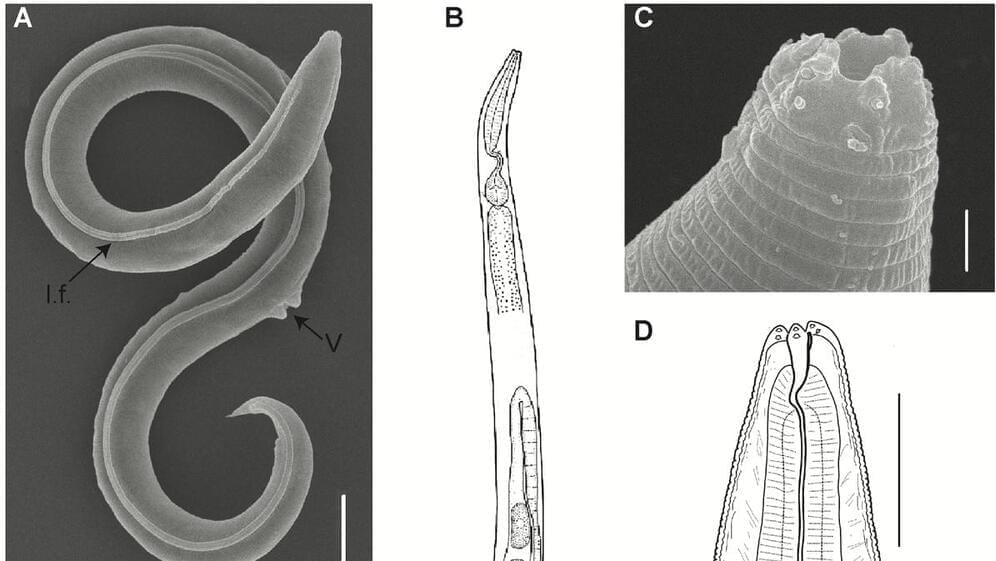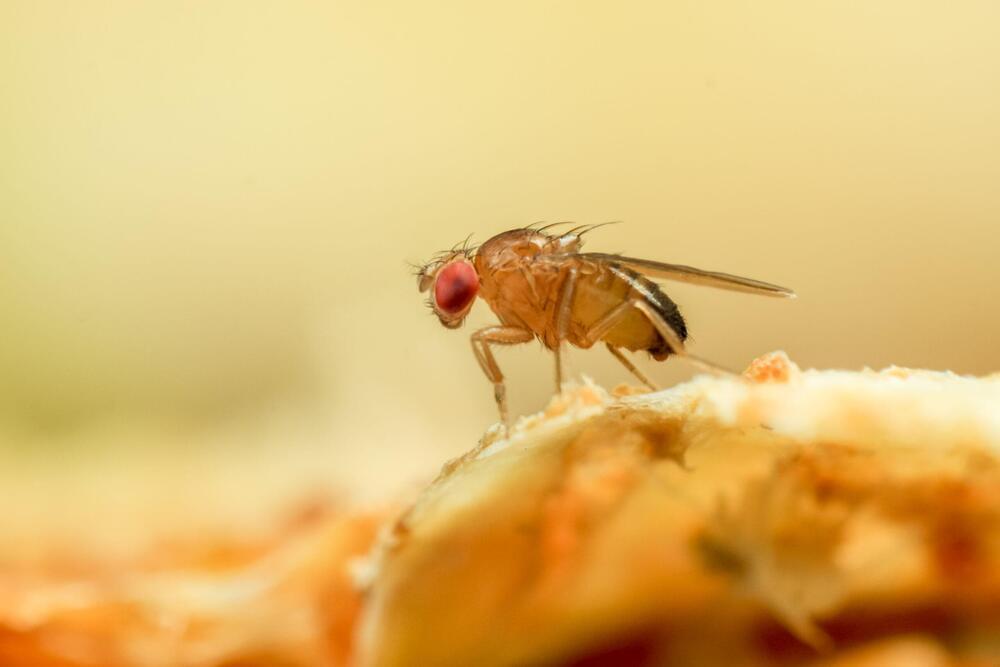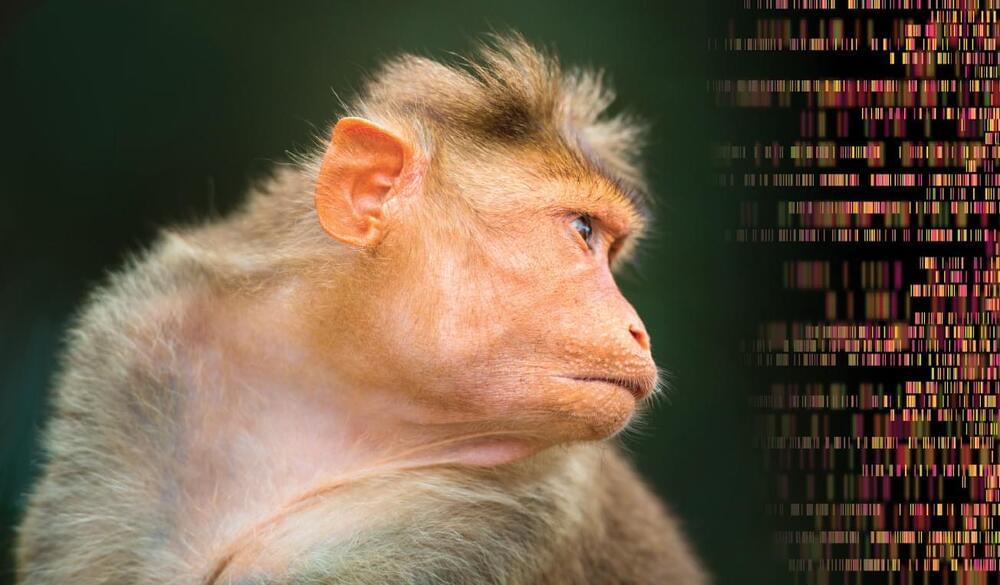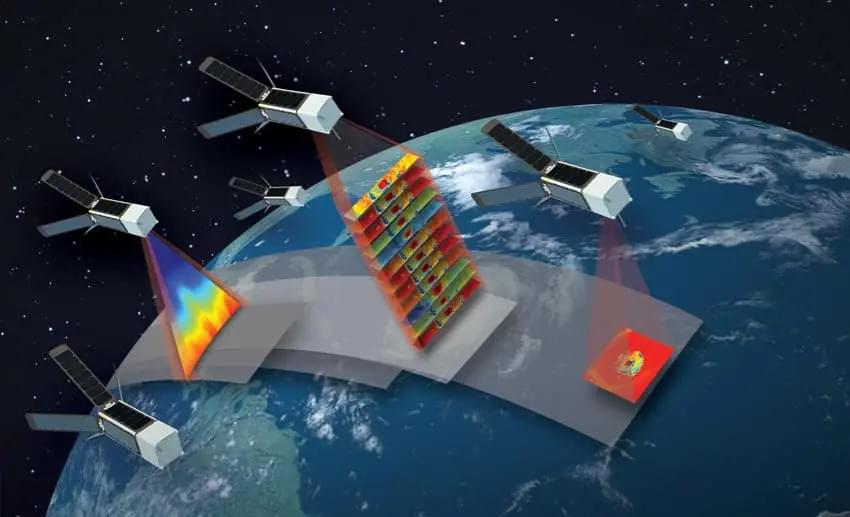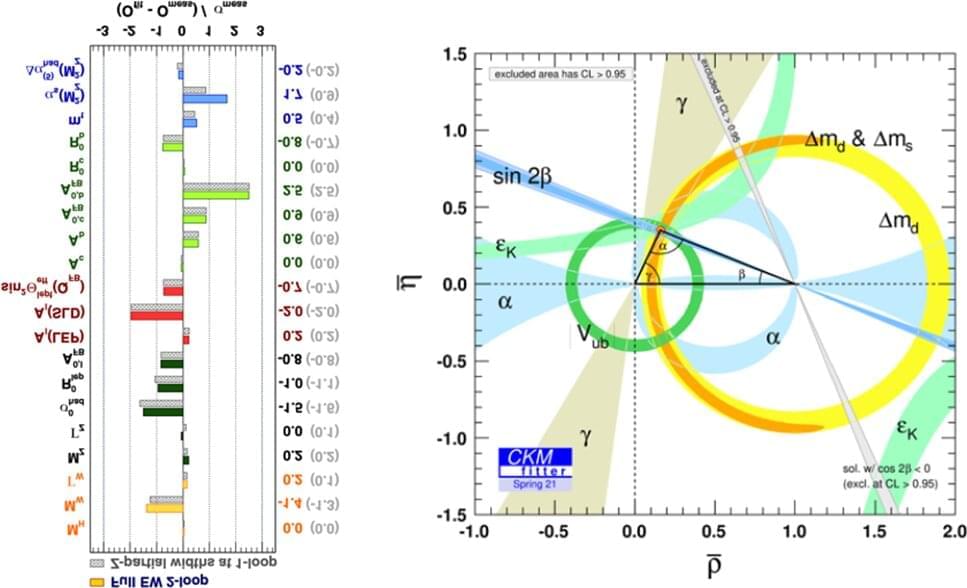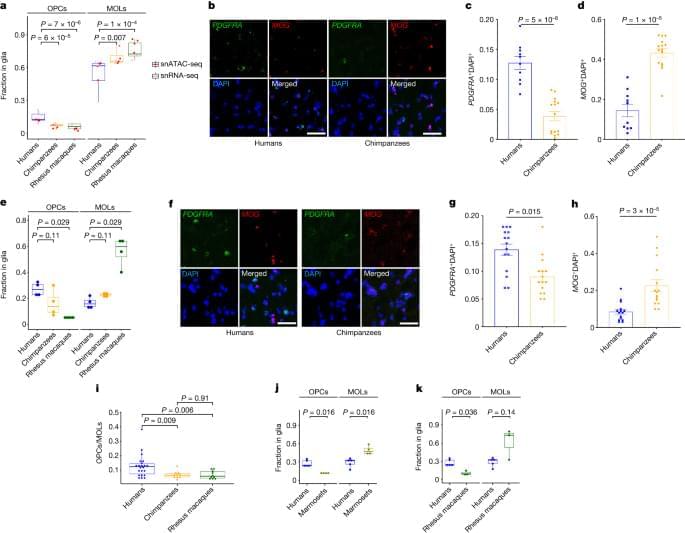Jul 28, 2023
Scientists Resurrected an Extinct Animal Frozen for 46,000 Years in Siberia
Posted by Paul Battista in categories: biotech/medical, evolution
The astonishing discovery is “important for the understanding of evolutionary processes because generation times could be stretched from days to millennia, and long-term survival of individuals of species can lead to the refoundation of otherwise extinct lineages,” according to a study published on Thursday in the journal PLoS Genetics.
“Their evolution was literally suspended for 40k years,” wrote Philipp Schiffer, an evolutionary biologist at the University of Cologne and a co-author of the study, in an email to Motherboard.
“We are now comparing them to species from the same genus, which my team samples around the world,” he continued, noting that he is currently conducting fieldwork in the Australian Outback. “Studying their genomes we hope to understand a lot about how these populations became different in the last 40k years.”
